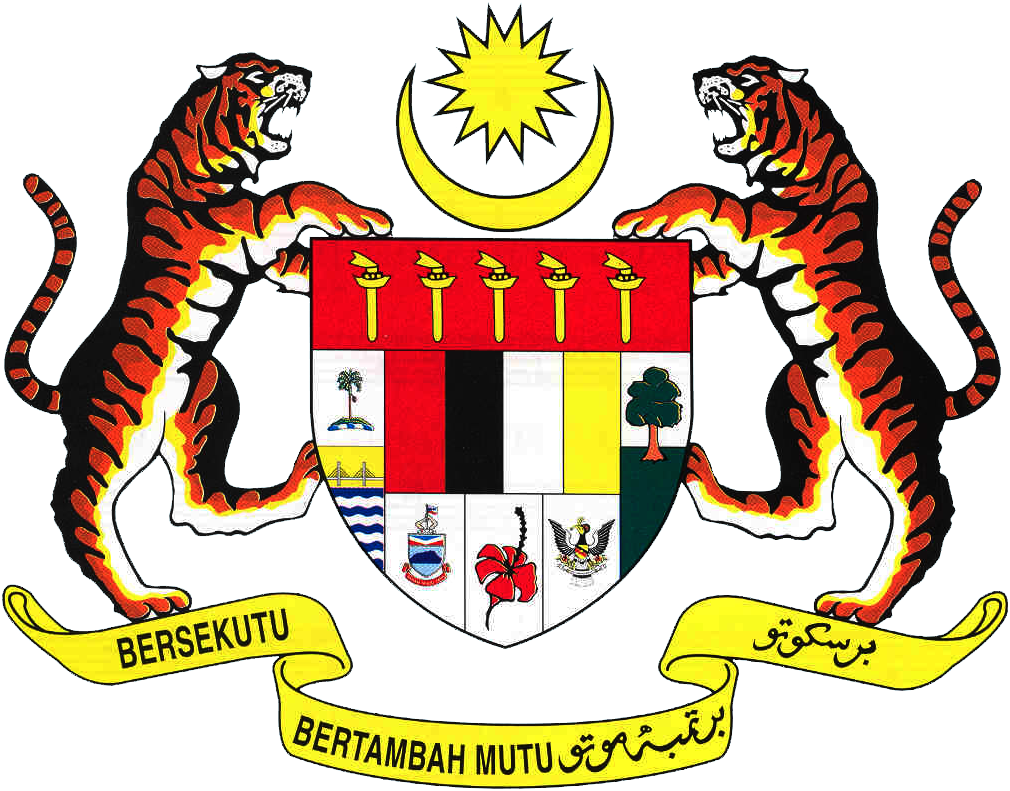Elements of REDD Plus
National Forest Monitoring System
What is a National Forest Monitoring System?
A National Forest Monitoring System (NFMS) is the key component in the management of information for national REDD+ programs. A fully functional monitoring system can go beyond the requirements posted by the UNFCCC to include issues such as a registry of projects and participants, and evaluation of program achievements and policy effectiveness.
Malaysia’s National Forest Monitoring System was established in 1972 and has been updated every 10 years since. In the context of REDD Plus, its purpose is to support the accurate measurement, reporting and verification (MRV) of emissions reductions achieved through the implementation of REDD Plus activities. This is achieved by obtaining high quality and reliable data on forest carbon stocks which can then be benchmarked against Malaysia’s Forest Reference Level (FRL).
NFMS Practice in Malaysia
Forest monitoring has been conducted in Malaysia since many decades with a variety of objectives and methods. It consists of both ground and spatial monitoring and has since evolved to meet current needs. Due to the geographical composition of Malaysia, different forest monitoring efforts have taken places in Peninsular Malaysia and in the state of Sabah and Sarawak however, methodologies and objectives have often overlapped.
The first documentation of forest inventory methods implemented in Peninsular Malaysia is the “Manual of Malayan Silviculture for Inland Lowland Forest” published in 1954. Since then, various forest inventory methods have been formulated and documented. Forest Management inventories have been conducted to obtain information on stands of forest districts to provide information for management decisions. National Forest inventories were aimed at providing data for large scale planning.
The National Forest Monitoring System is organised in such a way respecting the constitutional arrangements within the country. It consists of two components:
- short term – use of geospatial images assessment
- long term monitoring – national forest inventory
For more details, see the NFMS
These monitoring activities provide a detailed picture of the carbon stocks in Malaysia’s forests which can then be used to assess the effectiveness of specific REDD Plus activities, while allowing resources to be channelled to forested areas which need extra attention.
Total Forested
Areas in Malaysia
The Ministry of Natural Resources, Environment and Climate Change (NRECC) keeps updated data on the size of forested areas of Malaysia since 1990, generated by the National Forest Monitoring System (NFMS). Forested areas are divided in Totally Protected Areas, Permanent Reserved Forest / Permanent Forest Estates, and State Land Forests.
Click on the links below to view the latest forest figures from the website on the Ministry of Natural Resources, Environment and Climate Change (NRECC):


